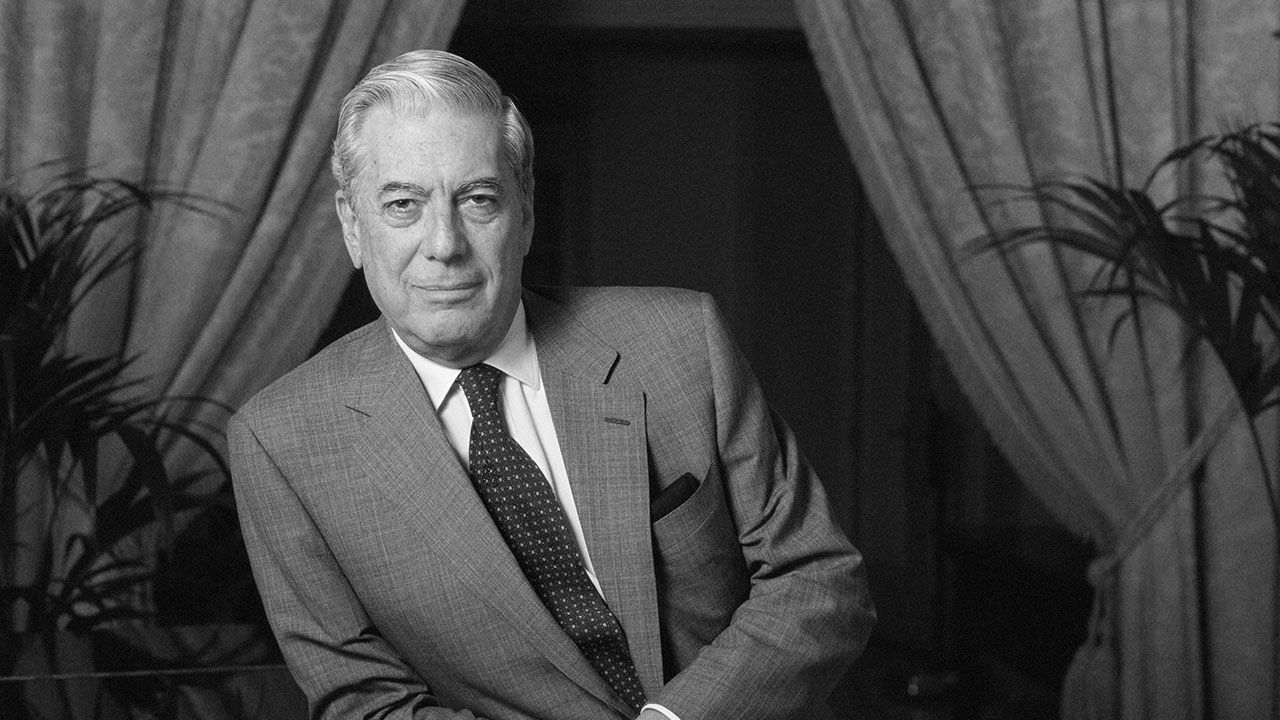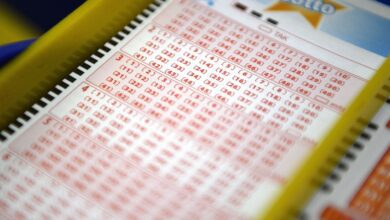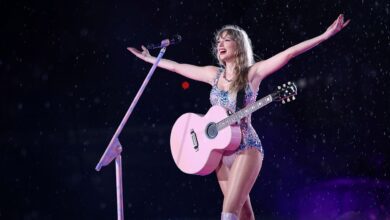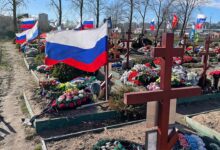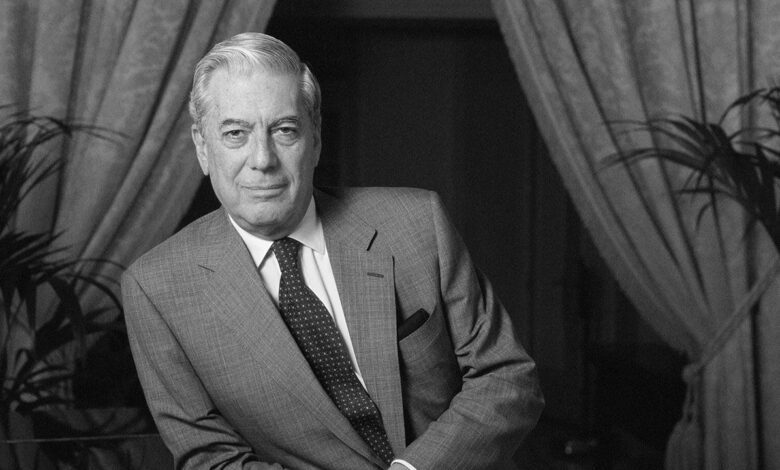
Burzliwe życie Mario Vargasa Llosy: Nobel, polityka i kontrowersyjne małżeństwa z krewnymi.
Mario Vargas Llosa, his literature and legacy: Remembering the late Peruvian writer
The news of Mario Vargas Llosa’s death was announced on Sunday, April 13. The writer passed away at the age of 89 in the capital of Peru, Lima. „His departure saddens his relatives, friends, and readers around the world, but we hope that like us, they will find solace in the fact that he lived a long, adventurous, and fruitful life and left behind a rich body of work,” the family said in a statement posted on social media.
Mario Vargas Llosa – his life and work Mario Vargas Llosa was born in 1936 in the city of Arequipa in southern Peru. When he was a baby, his parents divorced, and he went to Bolivia with his grandparents. He returned to Peru at the age of 10. As a teenager, he wrote plays and stories. He studied at universities in Lima and Madrid, while working as a journalist. He later moved to Paris, where he combined his journalistic work with teaching Spanish.
Vargas Llosa’s first novel, „The Time of the Hero,” was published in 1963. The book was a denunciation of corruption and abuses in a Peruvian military school where the author had studied in his youth. According to CNN, the novel „was an indictment of corruption and abuses in a Peruvian military school.” Vargas Llosa claimed years later that a thousand copies of the book were burned on the school grounds.
In the 1960s, two other notable works by the Peruvian writer were published: „The Green House” and „Conversation in the Cathedral.” In the following decade, „Aunt Julia and the Scriptwriter” was released in 1990 and was later adapted into a Hollywood film starring Barbara Hershey, Keanu Reeves, and Peter Falk.
Two more of Vargas Llosa’s novels published in the early 21st century garnered significant attention: „The Feast of the Goat” and „The Bad Girl.” His latest novel, „So Much for That Lady,” was released in 2024.
In 2010, Vargas Llosa was awarded the Nobel Prize in Literature. The Swedish Academy honored the Peruvian author for his „cartography of power structures and vivid images of individual resistance, rebellion, and failure.” He also received many other prestigious awards, including the Cervantes Prize in 1994, considered the most important in Spanish-language literature. In 2021, he was elected a member of the French Academy.
Conflict with Gabriel Garcia Marquez Vargas Llosa was involved in one of the most famous literary conflicts of the 20th century. In the mid-1970s, he had a falling out with his close friend and fellow great writer, Gabriel Garcia Marquez. In 1976, during a meeting in a Mexican cinema, Vargas Llosa punched Marquez in the face in front of witnesses.
The conflict reportedly arose from Marquez’s alleged advances towards Vargas Llosa’s then-wife. Neither party confirmed these allegations. According to the Washington Post, Vargas Llosa met with students in Madrid in 2017, during which he stated that his disagreement with the Colombian writer was due to their differing views on Fidel Castro.
He wanted to become the President of Peru Although Vargas Llosa clearly opposed all forms of totalitarianism in his writings, his socio-political activities were controversial and not unequivocally supportive of freedom movements. The author initially supported Castro but became disillusioned with him after poet Heberto Padilla was imprisoned for criticizing the Cuban government in 1971.
In 1983, Vargas Llosa led a commission investigating the murder of eight journalists in the Peruvian Andes. The final report suggested that the victims were likely killed by indigenous people. The commission faced widespread criticism, with many commentators believing that the local security services were behind the murders.
In 1990, Vargas Llosa ran for president of Peru as part of a center-right coalition. He made it to the second round but ultimately lost to Alberto Fujimori, who ruled the country for the next ten years.
He left his wife for Enrique Iglesias’ mother Vargas Llosa was married twice. In 1955, his marriage to his then-ten-years-older aunt, Julia Urquidi, sparked controversy. The marriage lasted 9 years. In 1965, a year after the divorce, the writer married his younger cousin, Patricia Llosa Urquidi. They had three children: sons Alvaro (b. 1966) and Gonzalo (b. 1967) and daughter Morgana (b. 1974).
In 2015, Vargas Llosa left his wife and began a relationship with Spanish-Filipino socialite Isabel Preysler, the mother of popular singer Enrique Iglesias.
In his final years, the writer divided his time between Madrid and Peru.
Mario Vargas Llosa’s death marked the end of an era in Latin American literature. His contributions to the literary world will be remembered and celebrated for generations to come.
Zdjęcie główne artykułu pochodzi ze strony tvp.info.
